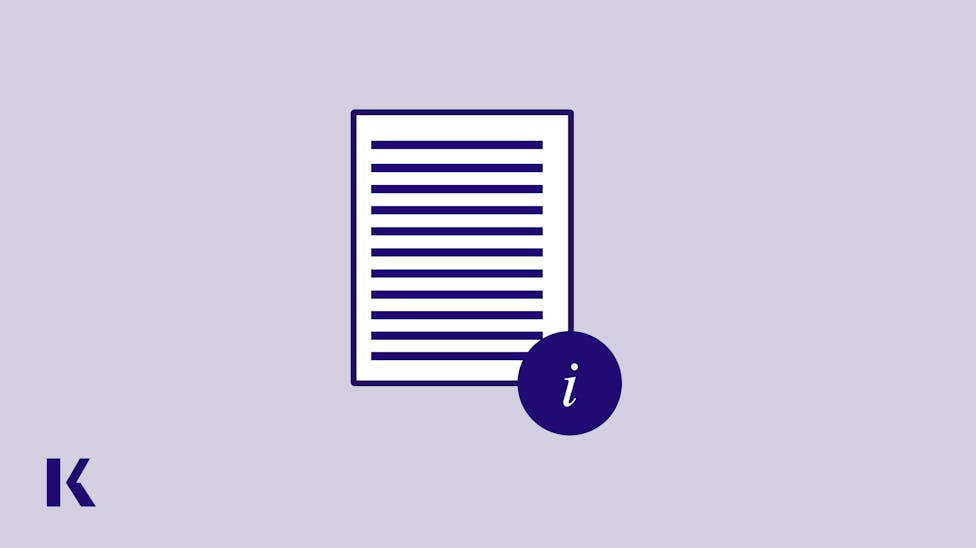Six Steps to Effective Next Generation NCLEX® Item Writing
by Ryan Goble, MSN, RN, CEN, CPEN, Senior Content & Curriculum Manager | May 20, 2020

In today’s rapidly changing world, nurses need to be able to collect and synthesize information, and formulate and test hypotheses in a matter of moments. These skills can collectively be called higher-level cognitive reasoning and reflect the nurse’s ability to make clinical judgments. This need to enhance and test nurses' clinical judgement and critical thinking skills has led the NCSBN, the makers of the NCLEX® licensing exams, to create a new class of test items called Next Generation NCLEX® (NGN) test items.
NGN test items are designed to test higher-level cognitive thinking skills of future nurses and are meant to bridge the gap between preparedness for and successful completion of the NCLEX® and on-the-job performance for nurses. Nurses must be prepared for their important role in healthcare in a manner that is more profound than simply knowing how to recite facts or protocols.
The NCLEX® strives to be a reflective assessment of nursing clinical judgments, and so the NGN items are built upon a rich theoretical and psychometric framework. The NCSBN Clinical Judgment Measurement Model, based on several years of study of the skills essential to nursing, provides a mental model and framework in order to establish a foundation in which other models (e.g., relating to assessment) could be advanced.
While the NGN items are not expected to debut in the NCLEX® until at least April 2023, the NCSBN is taking steps to create new test items that align to the NGN standard. By doing so, the desired outcome is an improvement in the NCLEX®’s ability to test higher-order cognitive skills, which would be useful in a hospital setting.
Six Steps to Effective Next Generation NCLEX® Item Writing
Writing effective NGN items can help test essential higher-level cognitive skills, which are required for effective nursing clinical judgments. In this way, NGN items can help identify nursing students who understand the nursing curriculum and have developed the proper analytical skills through their training.
1. Determine the Objective You Wish to Test
Before you write an NGN item, determine the test objective. The test item objectives are typically based on nursing curriculum objectives. Ideally, the objective focuses on one task, skill, or concept that the student has learned.
Keep in mind that the different levels of Bloom’s taxonomy―from remembering concepts to synthesizing and creating new work―will need to be considered in this objective. NGN test items are focused towards the application, analysis, and evaluation of novel information, which places them on the higher end of the taxonomy.
2. Decide Which NGN Item Type to Use
The new NGN item types include:
- Cloze items:
The applicant completes sentences or information in a chart by choosing a word or phrase from a dropdown list. - Extended Multiple Response items:
In this item type, up to 10 options are presented, and only one, more than one, or all may be correct. Before answering this type of question, the applicant may have to read a passage upon which the test item is based. - Extended Drag-and-Drop items:
The applicant uses “drag and drop” to complete a given scenario. For example, the applicant may be presented with several different steps involved in treating a given condition. The applicant would then drag and drop the steps into the proper order for treatment. Other types of “drag and drop” questions could involve sorting different types of patients who may require private rooms or to “drag and drop” the correct words to complete a sentence. Unlike current NCLEX® test items, the Extended Drag-and-Drop items may not require that all options be used when completing a given scenario. - Enhanced Hot Spot items:
In this item type, the applicant is asked to highlight concerning findings that require follow-up by the nurse or health care provider. - Matrix/Grid items:
In Matrix/Grid items, the applicant assigns a value to a group of responses. For example, the applicant may be asked to decide whether a given action is indicated, non-essential, or contraindicated.
3. Write the Stem
The question stem is the part of the question that prompts the student to select the correct answer or perform other tasks necessary to provide an answer (such as drag-and-drop items in a “drag-and-drop” question). The stem should be written based on the test objective and should have relevant information needed to formulate a response.
4. Write the Answer
The next step in writing an NGN item is to write a good correct answer. The ideal answer should not be confusing or unclear and should be easy to pick out from the list of answers with the relevant knowledge base.
5. Write a Few Distractors
Distractors are incorrect answers that are written which, though wrong, can probe the student’s knowledge and reasoning skills. Distractors can be a predictable error, a common misconception, a clinical error, or a common mistake that might occur in a hospital setting.
Distractors should be realistic and well-written. The wording of distractors is important, and they must therefore be phrased clearly and unambiguously in order to be best able to illuminate deficiencies in learning rather than to trick the student into choosing a wrong answer.
6. Ask Yourself Whether Your Test Question Meets NGN Standards
These test items should answer the following questions essential to on-the-job, higher-level cognitive thinking processes predictive of success in nursing:
- Can students recognize clinical cues? In other words, can they identify the most important information?
- Can students analyze cues? In other words, can they distinguish the most important information?
- Can students prioritize hypotheses? That is, can they synthesize important information to determine client needs?
- Can students generate solutions or develop possible care options that align with client needs?
- Can students identify and perform the appropriate clinical actions?
- Can students evaluate outcomes and determine the effectiveness of interventions they have deemed appropriate?
Conclusion
Writing NGN-style items requires a combination of patience, skill, and practice; therefore, knowing the purpose of NGN items is crucial. An effective NGN-style item will gauge and reliably test a students ability to make safe, effective clinical decisions. When writing NGN-style items, validate both the content and the appropriateness of the item to test entry-level preparedness for nursing. Know the job your NGN-style item is being tasked with performing. Meaning, is the purpose of the NGN-style item to gauge the student’s ability to identify relevant information that requires further probing and investigation by the nurse (i.e., recognizing and analyzing cues), or is the purpose of the NGN-style item to determine whether the student’s actions met the client’s needs (i.e., evaluating outcomes)?
NCLEX® is a registered trademark of the National Council of State Boards of Nursing, Inc. Test names are the property of the respective trademark holders, none of whom endorse or are affiliated with Kaplan.

As a Senior Content & Curriculum Manager, Ryan strives to ensure Kaplan’s content remains up to date and relevant for entry-level nurses. Ryan also collaborates with other Kaplan nurse educators and the broader Kaplan team at large (e.g., user experience designers, user interface designers, technology specialists) to ensure products meet the needs of Kaplan students and institutional partners. Ryan has years of clinical experience as a staff nurse, charge nurse, and nurse coordinator in the emergency department. He also has years of experience in helping RN and PN students be successful on the NCLEX®. His areas of interest include item writing, NCLEX® success, and professional development.
See more posts by Ryan Goble, MSN, RN, CEN, CPEN, Senior Content & Curriculum Manager
